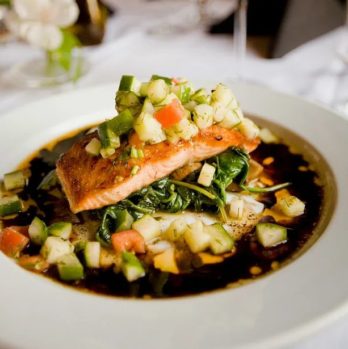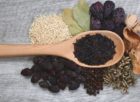Raclette Cheese: An In-depth Exploration of this Savory Delight

Introduction ():
Overview of Raclette Cheese:

Raclette cheese, originating from the Swiss-French Alps, is a versatile and mouthwatering cheese that has gained popularity worldwide. Known for its melty, creamy texture and distinctive flavor, raclette cheese is a staple in many European cuisines. This article delves into the depths of raclette cheese, providing a comprehensive understanding of its types, popularity, quantitative measurements, variations, and historical significance.
Presentation of Raclette Cheese (H2):
Raclette cheese, often referred to as the king of melting cheese, is made from cow’s milk and has a semi-hard texture. It is usually aged for a minimum of three months, allowing it to develop a pronounced flavor profile. There are various types of raclette cheese available, each with its unique characteristics. The most common types are Swiss raclette and French raclette.
Swiss raclette is known for its nutty and slightly fruity flavor, making it an excellent choice for melting over potatoes and vegetables. It is often paired with pickles, onions, and cured meats to create a traditional Swiss raclette meal. On the other hand, French raclette offers a more delicate and smooth taste, which pairs beautifully with charcuterie and crusty bread. Both types of raclette cheese have a creamy and gooey texture when melted, making them ideal for indulgent dishes.
Quantitative Measurements of Raclette Cheese (H2):
When it comes to raclette cheese, quantities can make a significant difference in the overall dining experience. It is recommended to allocate approximately 200-250 grams of raclette cheese per person for a satisfying portion. However, this can vary depending on individual preferences and the accompanying ingredients. Some enthusiasts prefer a generous amount of melted cheese, while others prefer a more moderate serving.
Understanding the Differences in Raclette Cheese (H2):
Although raclette cheese shares common characteristics, there are notable differences among its varieties. Factors such as origin, aging process, and production techniques contribute to these variations. Swiss raclette tends to have a more robust and nuttier flavor, whereas French raclette leans towards a smoother and milder taste. Additionally, the texture may also differ slightly, with Swiss raclette having a firmer consistency compared to French raclette.
Historical Significance and Pros and Cons of Raclette Cheese (H2):
Raclette cheese holds a rich historical significance in European culinary traditions. Its name, ”raclette,” is derived from the French verb ”raclette,” which means ”to scrape.” The cheese is traditionally melted using special raclette grills or by melting a wheel near a fire. This communal dining experience allows guests to scrape off the melted cheese onto their plates and pair it with an assortment of accompaniments.
While raclette cheese is beloved by many, it does have its pros and cons. One advantage is its versatility in both savory and sweet dishes. From traditional raclette meals to gourmet burgers topped with melted raclette cheese, the possibilities are endless. However, raclette cheese can be relatively expensive compared to other varieties, making it less accessible to some individuals. Additionally, its intense flavor may not be enjoyed by everyone, as it can be an acquired taste.
Conclusion:
Raclette cheese offers a delectable journey of flavors, textures, and history. Whether melted over a bubbling raclette grill or incorporated into innovative recipes, this cheese never fails to impress. Its versatility, distinctiveness, and communal dining experience make raclette cheese a true delight for all food and beverage enthusiasts. So, the next time you crave a meltingly delicious cheese, consider indulging in the creamy goodness of raclette cheese.











